
Donald: A Timeline. Forty years of Investigations
- 1973 – Trump Organization sued by Federal Government for housing discrimination.
- 1978 – Trump Organization accused of violating consent decree.
- 1979 – Trump allegedly investigated for bribery. [Voice’s Wayne Barrett, “Trump: The Deals and the Downfall.”]
- 1980 – Trump subpoenaed in relation to an FBI Investigation of Corruption at the Trump Tower construction site.
- 1987 – The FTC asks the Justiced Department to prosecute Trump. [Feds settle suit for $750,000.] Yet the FTC, according to antitrust legal expert Robert Skitol, believed that Trump had used “put-call option agreements” with Bear Sterns to mask his large purchases of stock in each of these companies.
- 1988 – The U.S. Attorney’s Office Investigates Trump‘s role in the sale of two apartments to an alleged member of the mob.
- 1991 – A Trump casino admits breaking the law by having Fred Trump buy uncased chips.
- 1991 – “As reported by USA Today earlier this year, Trump Plaza casino was fined $200,000 for discrimination after it was determined that the casino’s pit bosses would rotate craps dealers who weren’t white men off the tables when alleged mobster Robert Libutti came to play. Later that year, Trump’s Atlantic City casinos were also fined for giving Libutti nine luxury cars.”
- 1992 – Congressional investigators link Trump business to Asian organized crime interests. One was indicted on a charge of providing kickbacks to executives at Trump Castle. More specifically, Danny Leung was a vice president at Trump Taj Mahal who was known by law enforcement to be linked to organized crime syndicates.
- 2000 – Trump fined $250,000 for improper lobbying [He hid behind 3 separate shell companies and ordered to publicly apologize to the Mohawk Indians for slanderist advertising.]
- 2002 – Trump faces SEC enforcement action for misleading earnings reports. “… found that Trump Hotels, through the conduct of its chief executive officer, its chief financial officer and its treasurer, violated the antifraud provisions of the Securities Exchange Act by knowingly or recklessly issuing a materially misleading press release.” [The SEC accepted an undisclosed offer and issued a cease-and-desist order.]
- 2010 thru 2013 – States investigate Trump University. In 2010, the state of Texas opened an investigation into the business practices of Trump University, the now-infamous real estate seminar program run by Trump. Three years later, the state of New York filed a fraud lawsuit against the business. (The recent legal fight over Trump University has been centered on class-action lawsuits against the “school” filed in California.)
- 2011 – Trump settles with Trump Soho buyers after a criminal investigation into sales in the property was opened.
- 2016 – The state of New York investigates the Trump Foundation.
- 2016 – The Trump foundation pays a fine for making an improper political contribution.
- 2016 – Trump lawyers given court date over lawsuit alleging rape of 13-year-old.
Today in History. 1 November 1755. On this day in Lisbon, Portugal a confluence of events would elevate a single cataclysmic occurrence to epic proportions. In the same moment, that tragedy would spawn a new scientific field of study and advancements in architectural design.
The morning of November 1st was an unusually warm, clear blue-sky day. Thousands of the Lisbon faithful gathered in celebration of All Saints Day, a Catholic holy day dedicated to the saints of the church. The six major cathedrals’ pews throughout the city were at capacity, as well as many of the smaller churches and each lighted by candles. The other of Lisbon’s 200,000 residents were living their day-to-day routine.
Around 9:40 that morning, the ground began to shake coinciding with a loud rumble. An earthquake measuring 8.5 on the moment magnitude scale (MMS) was leveling the city’s buildings and fissuring its streets. The three-phase quake was followed 25 minutes later by a three-wave tsunami reaching heights of nearly 20 feet at Lisbon’s harbor and traveling almost a quarter of a mile inland. It decimated not only a city but, “is the largest known historic earthquake to impact Europe and northern Africa.”
Although wildly fluctuating totals float from site to site, the most conservative number of souls lost in Lisbon that day is 5,000. From unattended church candles, home cooking fires, and looters, a massive blaze lit the city for five days following the initial devastation. The total deaths, believed to be 10,000 to 15,000, appears to be largely caused by fire.
Two critical advancements grew from this tragedy: The study of seismology and a new architectural design called “caging” meant to allow a building to flex during an earthquake.
The first attempts to study seismology originated from the information collected during the Lisbon earthquake.
The Lisbon earthquake of 1755, coinciding with the general flowering of science in Europe, set in motion intensified scientific attempts to understand the behaviour and causation of earthquakes.
Caging is developed and first used during the reconstruction of Lisbon.
The Pombaline Baixa is one of the first examples of earthquake-resistant construction. Architectural models were tested by having troops march around them to simulate an earthquake.
From Lee Stetson’s The Wild Muir: Twenty-Two of John Muir’s Greatest Adventures.
“I was awakened by a tremendous earthquake, and though I hadn’t ever before enjoyed a storm of this sort, the strange thrilling motion could not be mistaken, and I ran out of my cabin, both glad and frightened, shouting, “A noble earthquake! A noble earthquake” feeling sure I was going to learn something.”
Welcome to the WaterCooler! It’s RedState’s Only daily open thread. Enjoy!

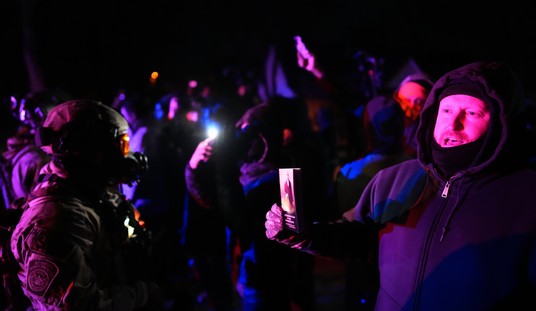


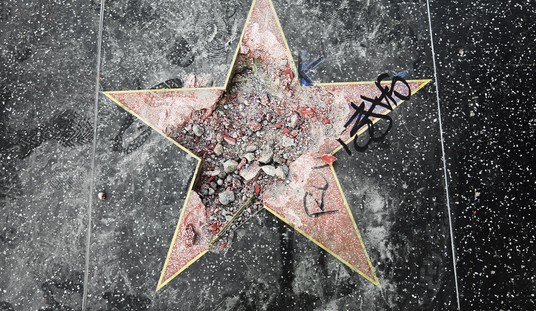
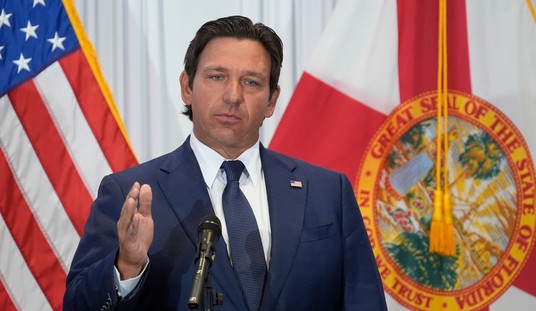



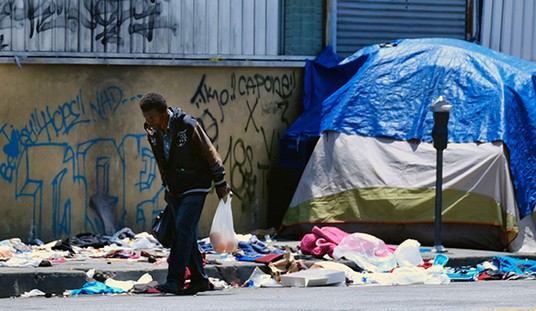


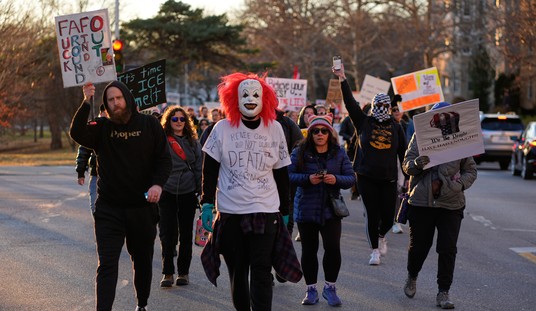

Join the conversation as a VIP Member